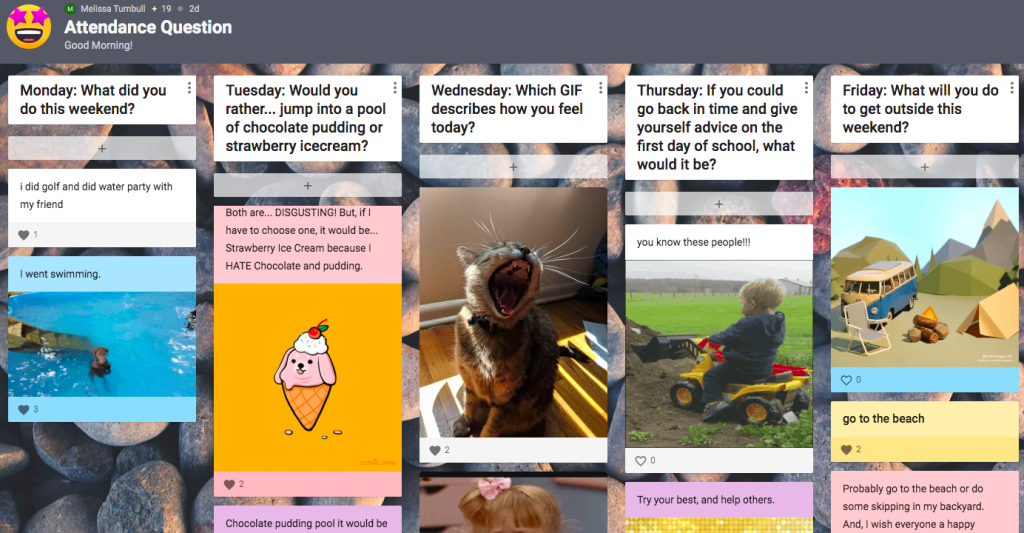Culturally relevant and responsive resources come from a pedagogy that empowers the educator to think differently by addressing dominant ideologies as well as existing and historical oppressions in actionable ways that engages our learners in critical consciousness thinking that inspire change. Gone (or should be gone) are the days when we, as teachers, solely rely on teacher’s guides to develop our lesson plans and units. Don’t get me wrong, teacher’s guides can be very beneficial when planning out a unit, but we must embed the identities and learning needs of all our students ahead of printed resources. Taking time to get to know your students and embedding their lived experiences, using culturally relevant and responsive resources, will create a much more engaging learning environment and thereby improve student success.
Culturally relevant and responsive pedagogy also looks at how race, gender, class, sexual orientation and ability intersect to create lived experiences for our students and how those experiences play out in the classroom and in society. The concept of intersectionality is part of an inclusive approach to teaching and can be incorporated into all aspects of the curriculum. Regardless of the subject, the identities and needs of students must drive the teaching practices and strategies in the learning environment. Students get to see their whole self being represented in their learning and are thereby empowered to challenge inequities and demand change.
In order for this kind of change to be imagined, educators must first create brave spaces, rather than safe spaces, for learners to openly and freely speak their truth and pose critical questions. One that doesn’t create judgments based on identity or experience, but rather one that builds courage, individually and collectively, to address challenging and controversial issues. Brave spaces take time, collaboration, commitment and willingness to be open and vulnerable in front of others, something that is hard for most people to do, teachers and students alike.
Another important factor to consider is the idea of intent vs impact. As we plan our lessons/activities, lead discussions and interact with others, we need to be conscious and mindful of the impact of our actions on others. Sometimes, perhaps without knowing, the intention of our actions have a negative impact on the person(s) receiving/absorbing the information or actions. Why does this keep happening in our society? Why are individuals not mindful or aware of the impact of their actions? In my opinion, embedded in the intent is the oppression and isms that are systemic in nature and play out in our society’s norms and practices. Therefore, we often see our actions as “normal” instead of something that can be hurtful, uncomfortable or oppressive to someone else. I am reminded of one of my favourite words of wisdom (not sure of the original author):
“Be mindful of your thoughts, as they become your words;
Be mindful of your words, as they become your actions;
Be mindful of your actions, as they become your habits;
Be mindful of your habits, as they become your character;
Be mindful of your character, as it becomes your destiny.”
Some things to consider when choosing culturally relevant and responsive resources:
– who are the students in your classroom and how are their identities and lived experiences reflected in the learning environment and in your teaching practices?
– students can be co-collaborator (part of the decision-making process) of the resources selected for the classroom
– choose books/resources that best represent the different aspects of student identity and lived experiences
– encourage students to challenge stereotypes, prejudices, biases, barriers and oppression
– provide opportunities for students to take action to address critical issues that impact their daily lives
As you learn about your students’ identities, intersectionality, goals and real-time experiences, consider how all that information can be used to inform your curriculum planning, your teaching practices and the resources/topics you share/address with students.
When selecting books and other resources, consider asking yourself the following questions:
– Whose perspective is this text written from?
– Whose ideologies are at the center of discussion in this resource?
– Are the perspectives, beliefs and identities of the author or developer aligned with the big ideas shared in the resource?
– Does the resource actually reflect student’s abilities, social identities and lived experiences?
– Does the resource reinforce, perpetuate or highlight stereotypes or misrepresentations of specific groups and identities?
– If so, in what ways might you address these inequities?
Once you have chosen your books/resources, create rich, culturally relevant and intentional questions that invoke critical thinking in students and empowers them to take action to command change.
There are many resources you can access to support your planning. Most Boards have (or should have) a list of culturally relevant and responsive teaching resources. Your local newspapers (you might be able to subscribe to get electronic copies) often write articles on relevant issues and current events. You can subscribe to magazines, such as What In The World, that focus on current events and global issues. And of course, ETFO has a list of culturally relevant and responsive resources at your fingertip. There is a Social Justice page with resources that address Anti-Oppression, Anti-Racism, Anti-Asian Racism, Anti-Black Racism, Antisemitism, Islamophobia, Women’s issues, 2SLGBTQ+, First Nation, Metis and Inuit, Climate Change and Disability Programs. I also have a small list of digital books and resources that might be of interest to you. Just a few things to get you started. Remember, your planning pedagogy begins and ends with the hearts and minds of the students in your classroom.





